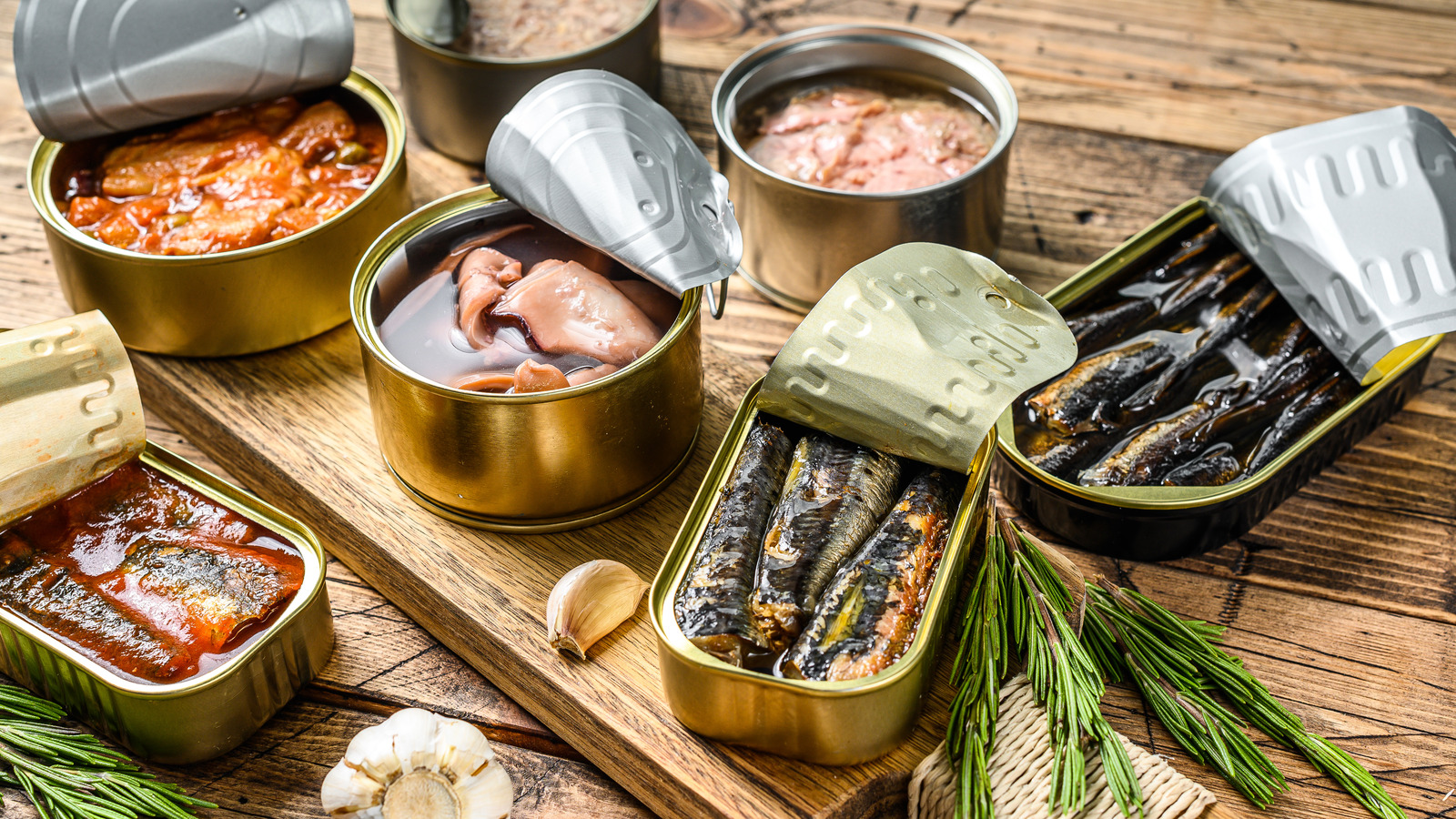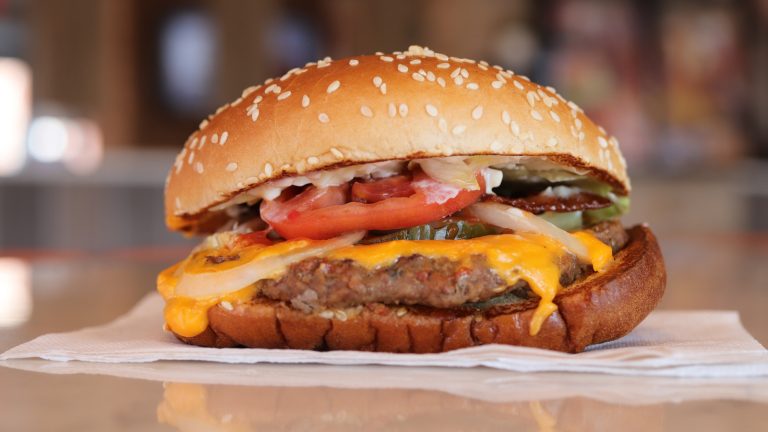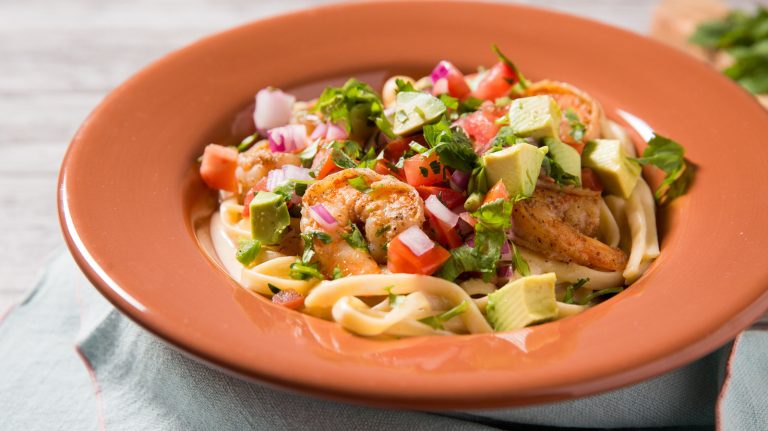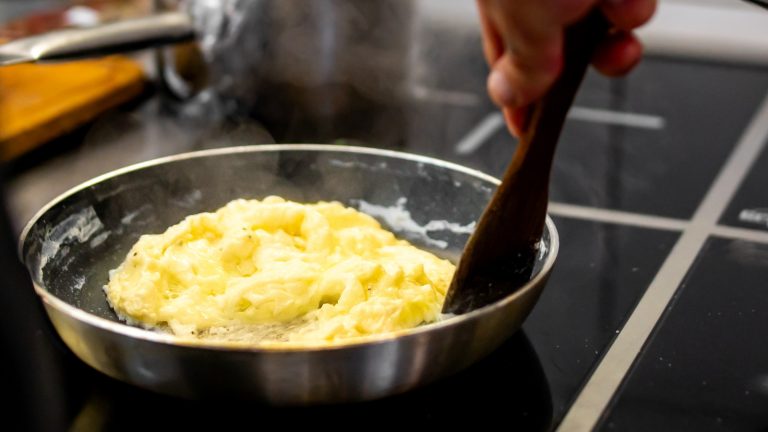These days, it seems that every grocery store has jumped on the canned-fish bandwagon. Canned fish is big business: In 2024, the canned-seafood industry racked up over $30 billion and is projected to hit almost $32 billion in 2025, according to Fortune Business Insights. Canned fish can be a cheap dinner or, if you’re willing to splurge, an amazing epicurean experience. TikTok is apparently responsible for igniting the canned-fish renaissance, with users posting videos of canned-fish date nights with recipes ranging from simple late-night munchies to full-on gourmet meals.
Today, the many canned seafood options (octopus, mackerel, and a variety of crustaceans) is vast. But in a Tasting Table survey, we found that most people’s favorite canned fish is indisputably tuna, followed by salmon and sardines as other popular favorites. There are similarities in how these delectable fish are canned, but they’re each caught and processed differently, and their journey from ocean to tin is a lot more complex than you might think.
Canned salmon
The majority of canned salmon in North America is wild-caught Pacific salmon, with 90 percent harvested in Alaska. Atlantic salmon, however, is entirely farm-raised and, as with any farmed fish, the salmon can be tainted by antibiotics, toxins, and the polluted water of the salmon pens. Salmon are often caught in a gillnet, a stationary wall of monofilament netting in which the fish are trapped by their gills. The salmon are retrieved from the gillnet and brought to a cannery, where they’re sorted by size and species (chinook, coho, chum, sockeye, and pink). Heads and eggs are extracted, followed by the removal of fins, scales, tails, and entrails, each step of which is machine-automated.
The salmon is skinned, filleted, and cut into meticulously sized portions that exactly fit the dimensions of the can. The cans are vacuum-sealed, inspected for any imperfections, and then conveyed to huge pressure-cooking tubes called retort ovens or chambers. The salmon is cooked long enough to ensure sterilization and, when cooled, is labeled and packaged. Canned Pacific salmon is strictly regulated so that its species is required to be identified on the can’s label. There are so many ways to use canned salmon, and when you buy it, read the label to make sure you’re buying Pacific salmon and not farmed Atlantic salmon.
Canned sardines
With 20 species globally, sardines are one of the most common fish in the seven seas, producing nearly one billion off the coast of California alone. Morocco produces half of the world’s canned sardines, allegedly catching 850 thousand tons per year. Depending on location, peak sardine-fishing season can be between May and October, and dusk is the best time of day to catch then, when the sardines are spawning. Sardines are caught with a purse-seine net: an enormous curtain of netting that’s open at the top and weighted at the bottom. When a school of fish is sighted, boats maneuver the net to capture the fish, and the bottom is drawn tight, thus trapping the fish inside.
The sardines are quickly unloaded at a cannery, where they’re sorted and graded by size and quality. The fish are either cleaned by hand or by machinery and then steamed or blanched, which keeps the sardines intact and makes them easier to be packaged. Almost all canned sardine brands are packaged with olive oil, but many are also seasoned with herbs, spices, smoke flavoring, and other ingredients. Similar to how salmon is canned, the sardines are vacuum-sealed and sterilized in a retort oven, then packaged and labeled when cooled. If you’re uninitiated in the joys of these umami-packed fish bombs, there are ways to eat sardines that will help you appreciate how delicious they are.
Canned tuna
Because tuna is the undisputed champ of the canned-fish universe, how it’s caught is carefully monitored globally to protect the fish’s sustainability. There are four main species of tuna that are fished: skipjack (which accounts for more than half worldwide), yellowfin, big eye, and albacore. Bluefin tuna is considered endangered, so far less of the species is caught. Some boats are outfitted with long lines that troll the ocean with baited hooks, but the majority of tuna fishing is done with purse-seine nets. The largest of the purse-seiner ships will stay at sea for one to three months and are equipped with large freezers to hold and preserve the fish until the ship returns to shore, where it is unloaded at a processing plant.
The frozen tuna is thawed, gutted by hand, then pre-cooked, and once cooled, it’s boned, skinned, and divided into light meat (for canning) and red meat (for pet food). The tuna is apportioned and canned with broth, water, or oil, vacuum-sealed, and sterilized. The cans are inspected for quality control and then labeled and packaged for shipping. Fresh tuna has some nutritional benefits over canned tuna, but canned tuna has less mercury, so you may want to choose it over fresh tuna.








